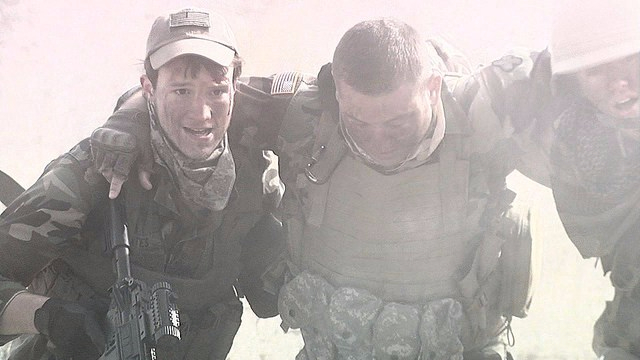
My new book Siddhartha’s Brain was published as a paperback in the UK on Thursday. The book is all about what meditation and mindfulness do to your brain, what it might mean to be “enlightened”, and why mindfulness-based therapies have been showing such promise as treatments for anxiety, depression and addiction.
I also explore the mystery of why human beings are so prone to mental illness. A potential answer may be found on the African savannah millions of years ago during the slow evolution of our ancestors into the most highly sociable apes on the planet.
Ed Halliwell – a former editor at FHM magazine and now a renowned mindfulness instructor – has suffered from debilitating bouts of anxiety and depression for much of his adult life. Published in the UK on the same day as Siddhartha’s Brain, Into the Heart of Mindfulness provides moving, first-hand testimony of how mindfulness can help people with mental illness get their lives back on track – and provides a perfect complement to my own book.
The story of the spiritual journey of Siddhartha Gautama, from spoilt prince to perfectly enlightened Buddha, is my backdrop – though it goes without saying you don’t have to be a Buddhist to practise mindfulness and improve your own wellbeing. All you need is a standard-issue human brain and a little dedication.
If you’re interested, read the extract published in last weekend’s Observer Magazine, find out more about my motivation for writing the book on a recent blogpost to mark its publication in the US, or listen to a short extract from the audiobook, read by the wonderful Steven Crossley.
If you’ve already read Siddhartha’s Brain or are reading it I’d love to know what you think. I can usually be found hanging out on Twitter @JamesAKingsland.









